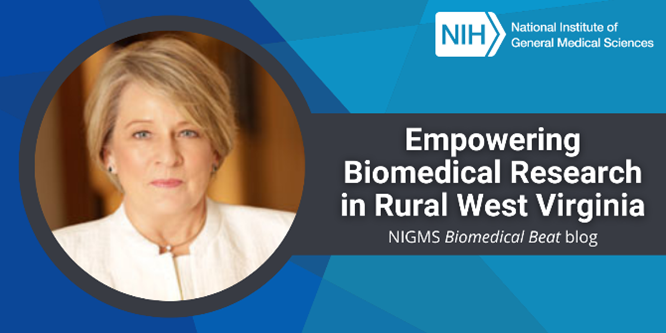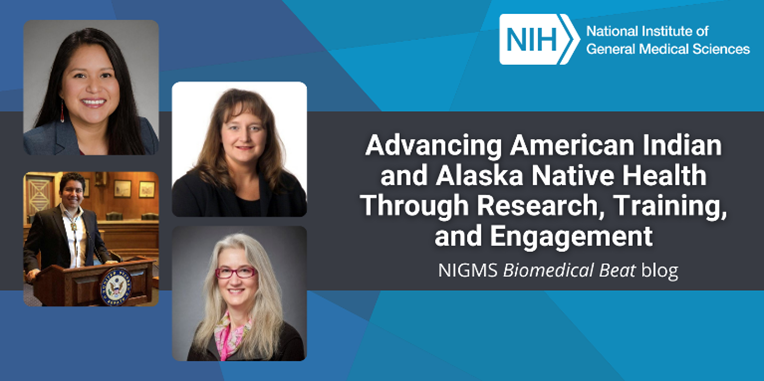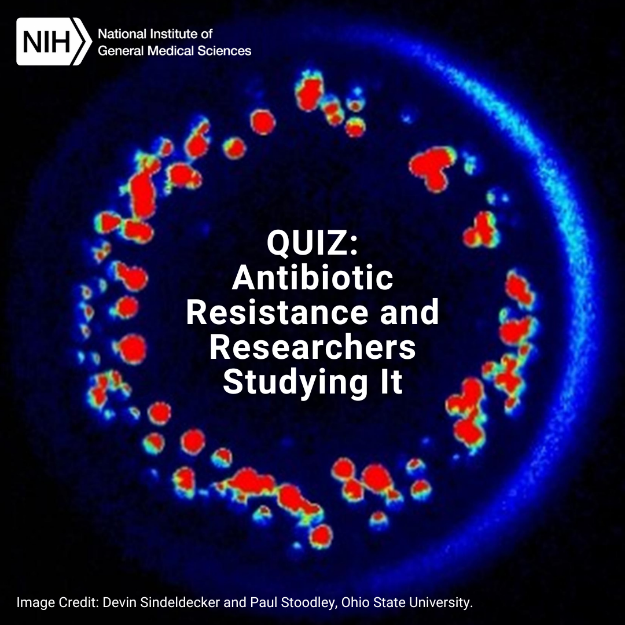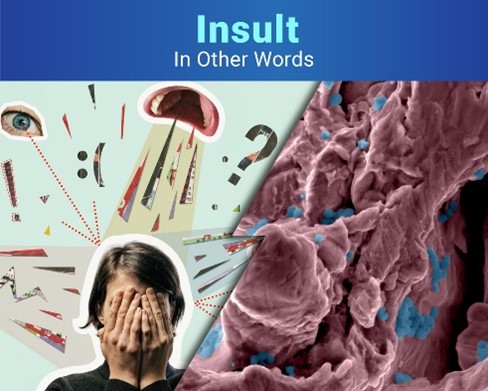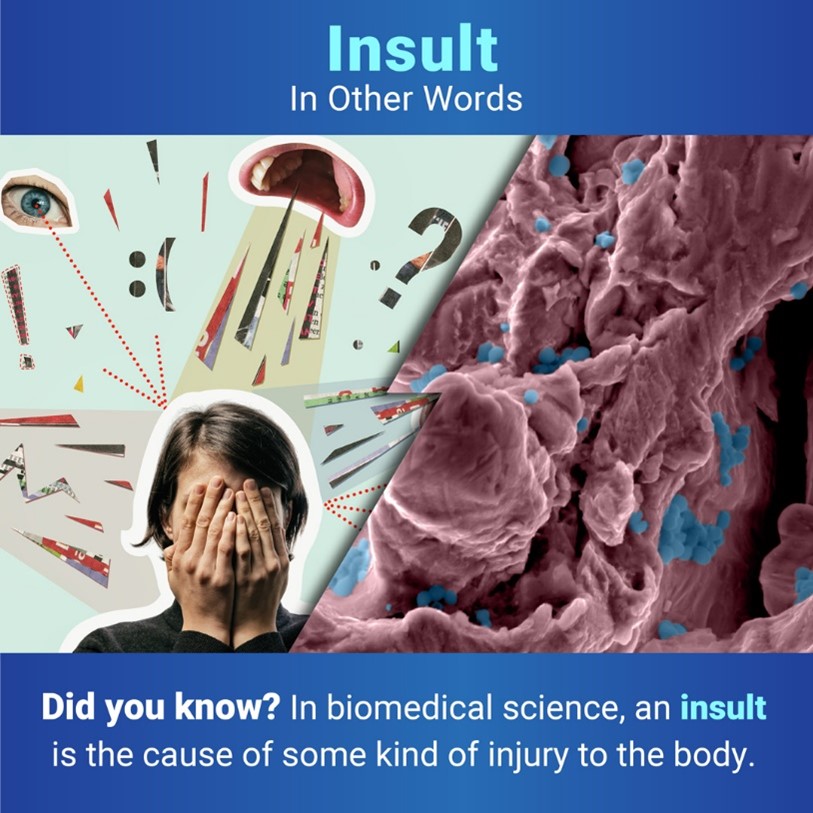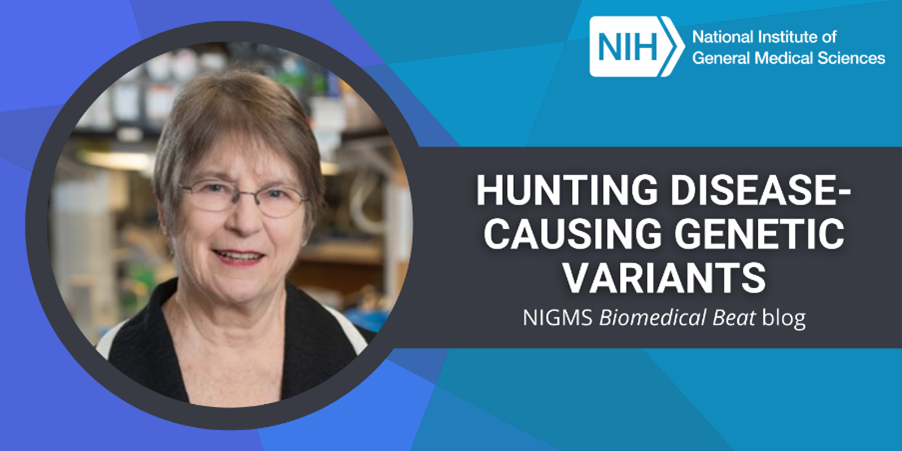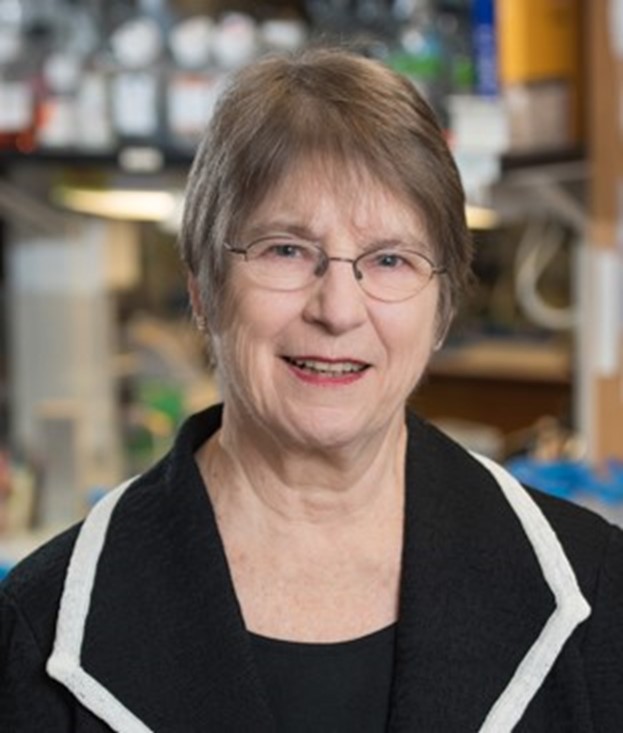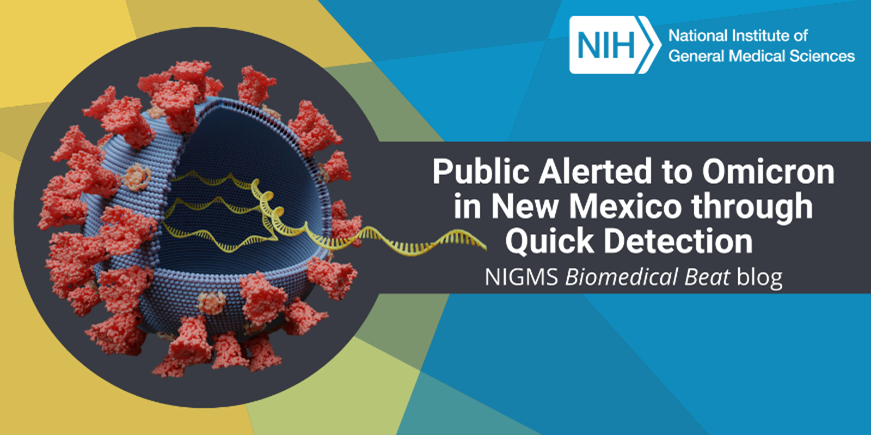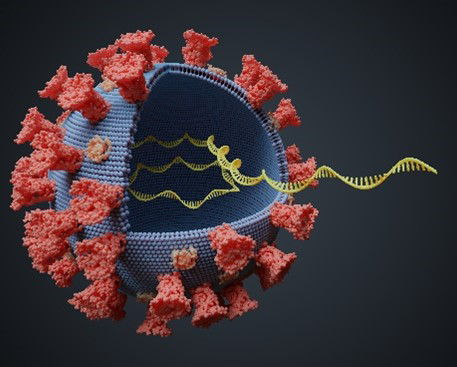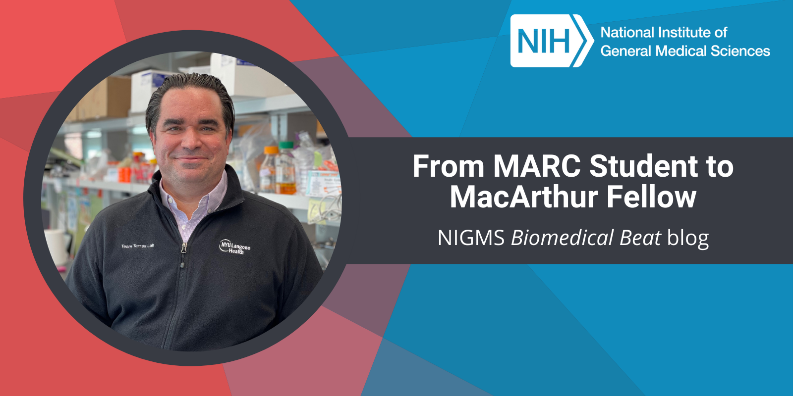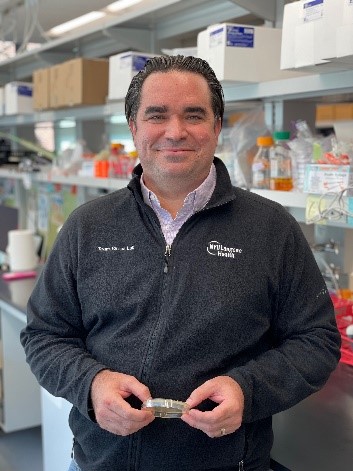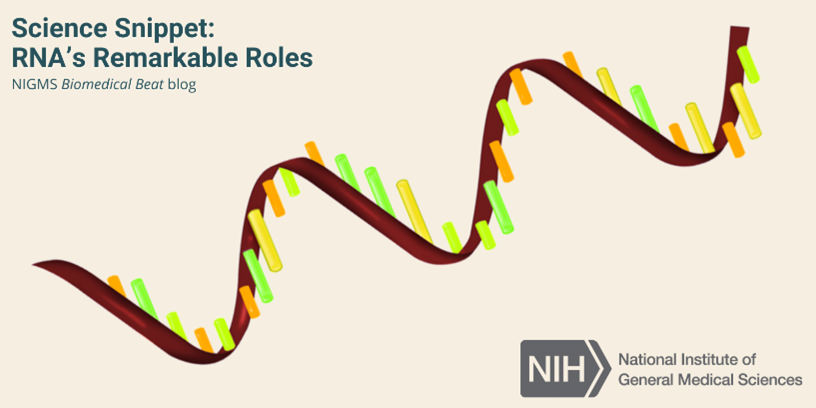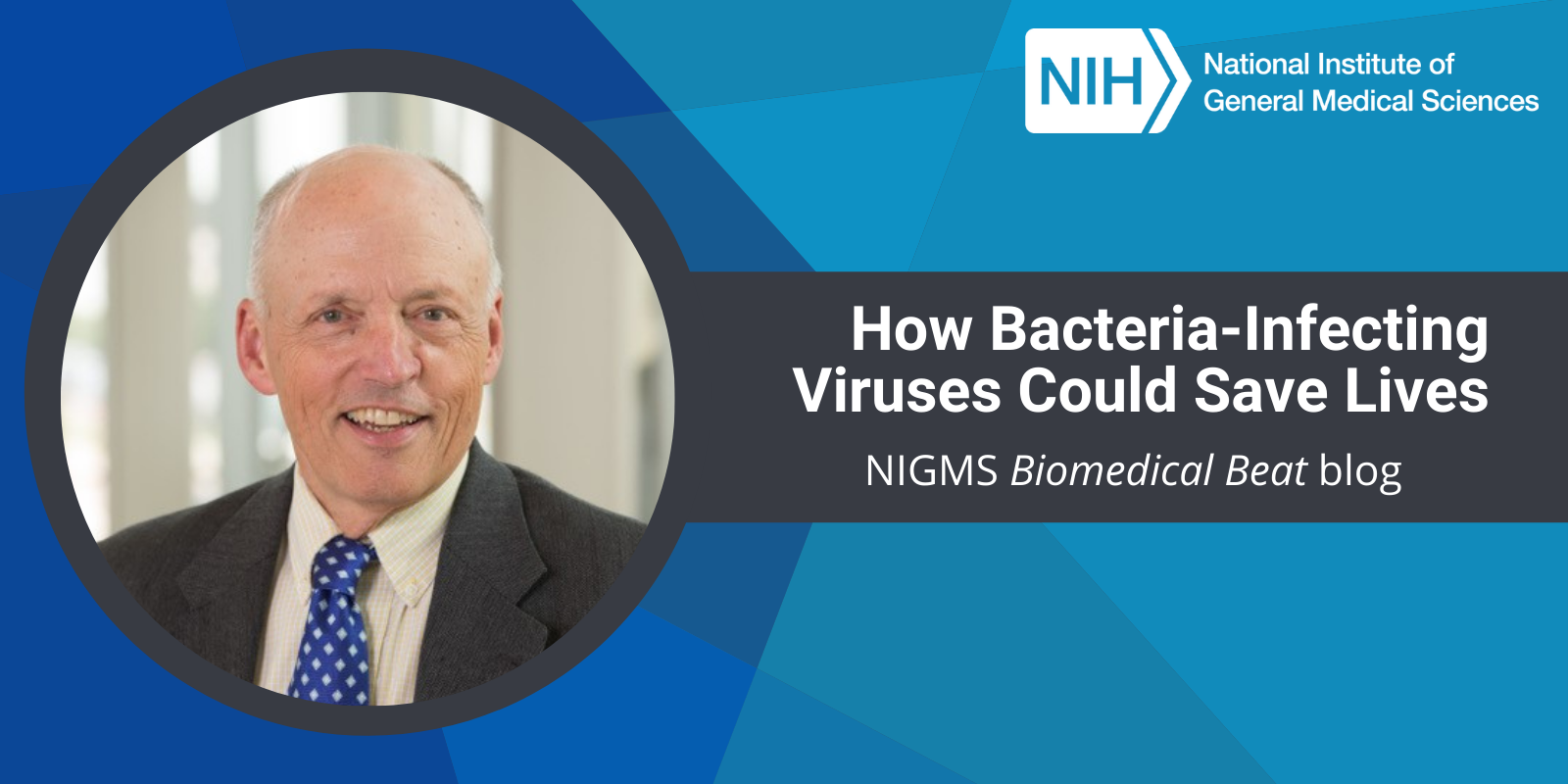Public health crises often disproportionately impact rural America. Sally L. Hodder, M.D., works to alleviate these disparities, especially regarding the opioid crisis and the COVID-19 pandemic. She’s the director of the West Virginia Clinical and Translational Science Institute (WVCTSI), the associate vice president of clinical and translational research, and a professor of medicine at West Virginia University.

Dr. Hodder’s work is focused in West Virginia, but her results are valuable assets to researchers across the country. Not only does treating chronic diseases in rural populations contribute to the overall understanding of those diseases, but engaging with and involving people in those communities in research makes science more accessible to them. Dr. Hodder says, “When folks participate in the science, when there is good community discussion about the trial designs and the results, then I think those populations may be more trusting of the results.”
Continue reading “Empowering Biomedical Research in Rural West Virginia”

